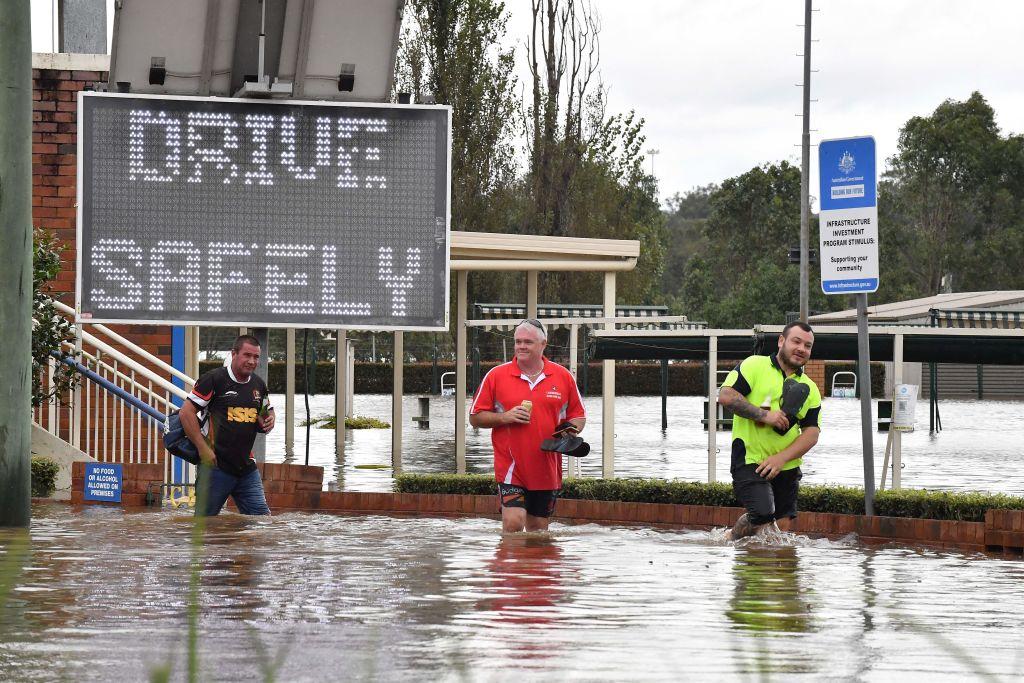Australian Prime Minister Scott Morrison declared the flooding disaster in northern New South Wales (NSW) a national emergency and a “one-in-500 year” event.
“Sunday night ... was the most devastating night the northern rivers has ever seen when it comes to a flood event,” he told reporters in Lismore on Wednesday. “There is no flood event that has occurred in this part of Australia like this in any one person’s living or recorded memory recorded memory, and that’s a profound statement.”





